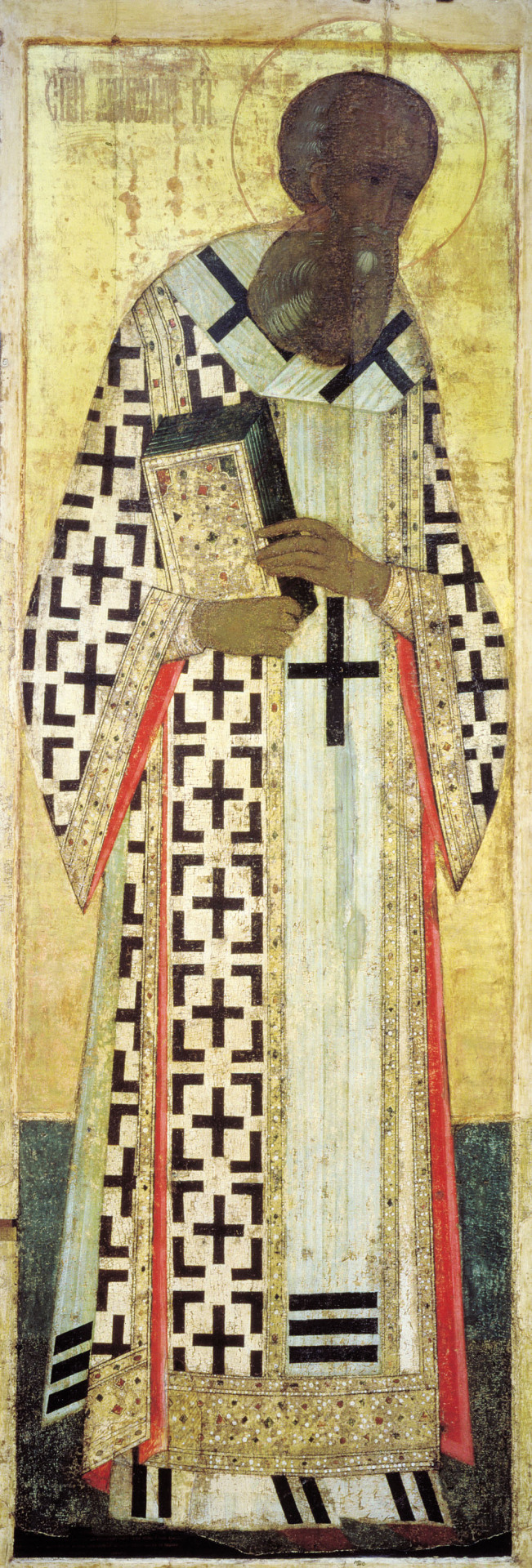
After Tarkovsky complied, it would be five years before the film was widely released in his native Soviet Union. The Goskino – USSR State Committee for Cinematography- demanded cuts, citing its length, negativity, violence, and nudity. Unfortunately, that same appreciation for detail got the production in trouble. The film and its visual presentation are echoing the intentions of the character, beautifully too. The intent behind Andrei Rublev’s years-long pilgrimage is to see the world and its people and use that experience to become a better artist. Even without the risk of breaking the camera by it being subject to all manners of dirt, the slowness allows viewers to drink in the details – whether it’s trees, hills or any other topographical entity’s, cinematographer Vadim Yusov is doing a fine job.

A good case could be made for Tarkovsky’s film to be an early outing for the camera as a character.

The camera is never afraid to mix with the same mud and filth as its characters, there are even passages when flicks of water and mud spatter the lens. The scale of some of the set pieces alone beggars belief. And on an even more base level, 3 hours may be hard to justify but there is never a lack of occurrences – there is always something happening to or around Andrei Rublev that captures attention. Truth, however, is much kinder, while the films run time is long and any notion of a plot is far off, the camera does more than anything to instil understanding or context. It’s that very same aesthetic that has kept certain film enthusiasts away and his significant filmography, locked behind the alienating door of slow cinema. For Tarkovsky, the camera has become a point of parody, especially for detractors of 1979 film Stalker, in which the lens slowly scans an apocalyptic landscape as little occurs or is said. That patience flows into the DNA of the film, specifically in the discussion of cinematography. During the Jester segment, Kirill (a Monk in his company) states he has been walking the lands for a decade, with Andrei and his apprentice Daniil not too far behind. This era of Russia is one where religion plays a pivotal role, the conception of Andrei wandering the lands is for born from a desire to grow closer to God, in turn making him a more complete artist – a comment Tarkovsky employed to get to the heart of his country’s historical identity. Broken up by title cards and consisting of seven short films or incidents from the titular character’s life between 14 – comprising of The Jester, Theophanes the Greek, The Passion According to Andrei, The Feast, The Last Judgement, The Raid, The Silence and the Bell.
The second feature from Russia’s most celebrated film export follows the titular fifteenth-century iconographer as he walks the lands – starting when he is young and idealistic and ending 3 hours later with the artist beaten by his sins and the sights of Medieval Russia. Following on from Ivan’s Childhood, Curzon Artificial Eye continues their retrospective on Russian Grandmaster Andrei Tarkovsky with Andrei Rublev.


 0 kommentar(er)
0 kommentar(er)
